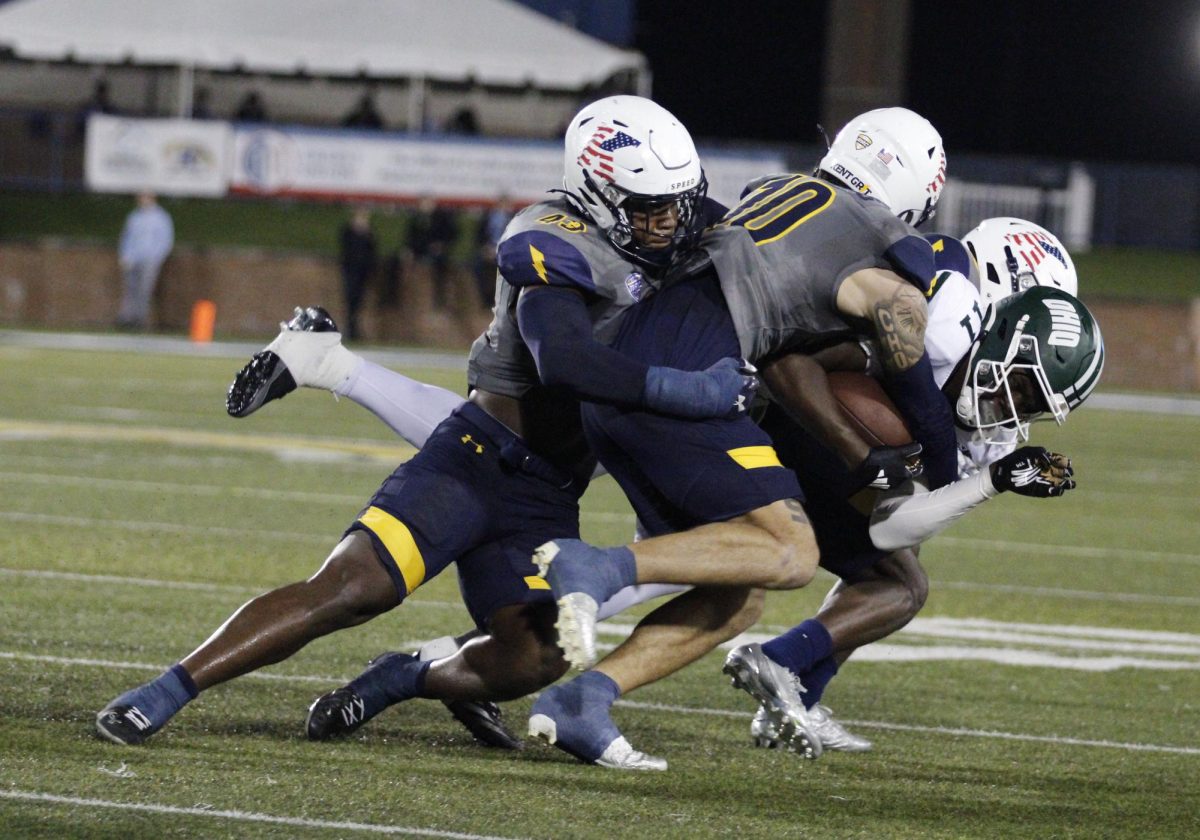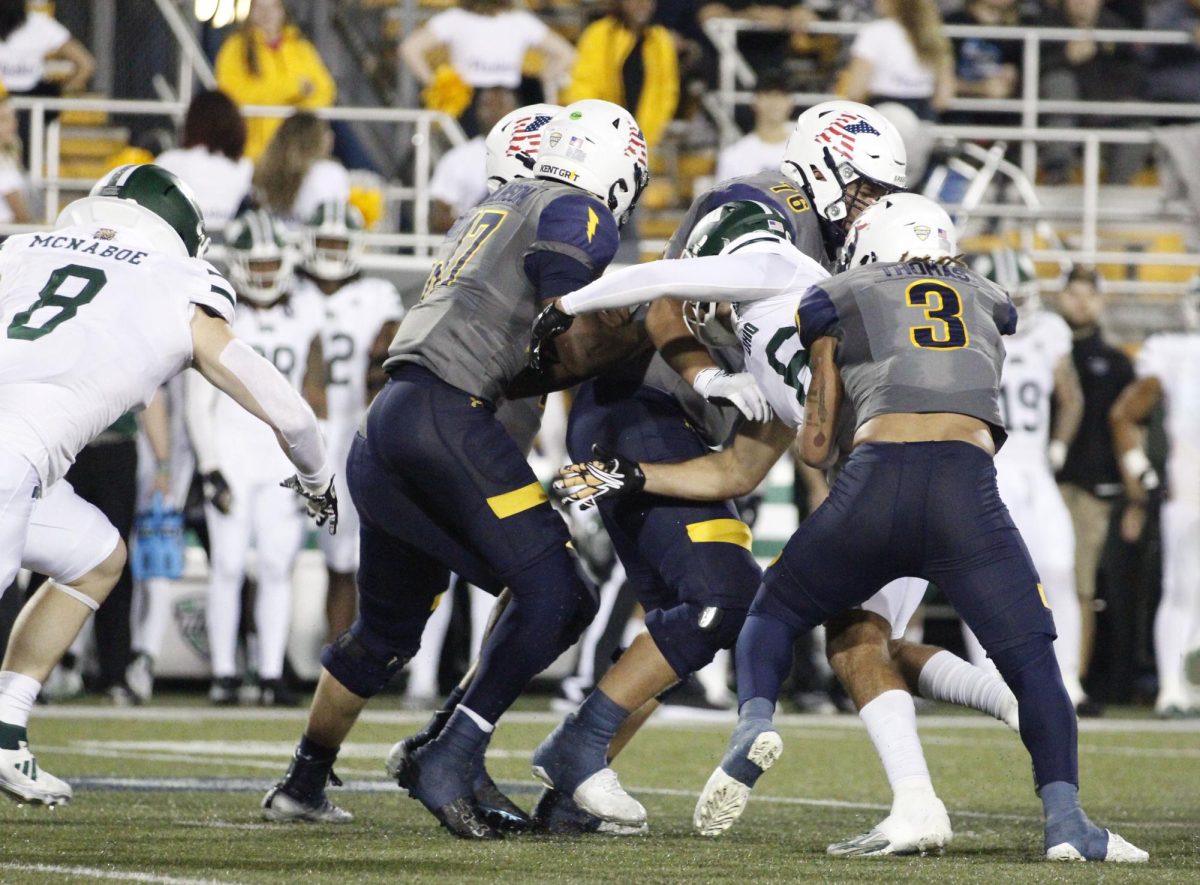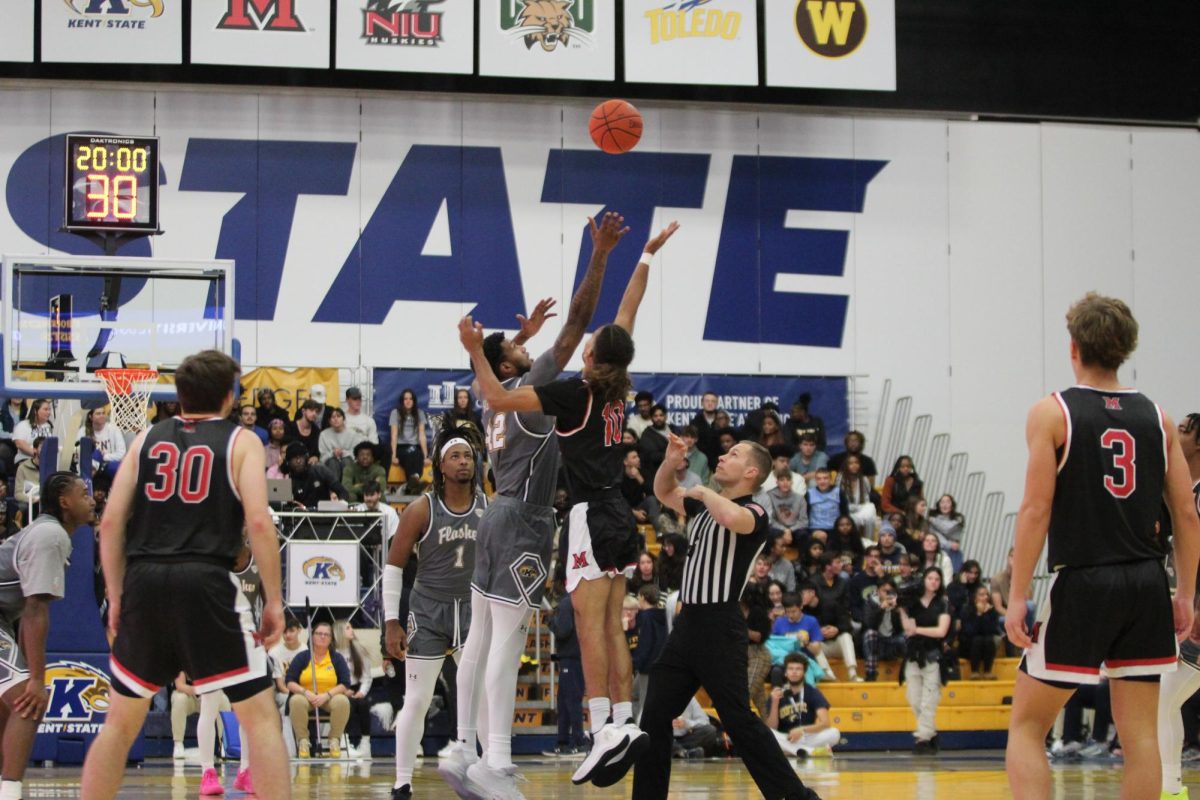Fifteen months after it was announced that the College Football Playoff will expand to 12 teams in 2024, the NCAA is nearing an agreement it will expand once again to 14 teams.
The NCAA, CFP board and conference commissioners couldn’t even wait to play the first 12-team playoff before deciding to expand again, just to stuff their pockets a little more.
From 1869, when the first college football game was played, through the 1997 season, there were no playoffs and no national championship games. The teams played out their seasons, and whoever was deemed to be the best team at the end of the season was crowned the national champion.
When bowl games came around, they played a major part in deciding who was the national champion.
With conference tie-ins to certain bowl games, it was uncommon to have the top-ranked team play a team that may be ranked as low as seventh or eighth, while the second and third-ranked teams play in another bowl game.
If, by chance, the eighth-ranked team were to beat the top team, the game between the second and third-ranked teams would essentially be playing for the national championship, as the team ranked first would drop out of the top spot due to the loss.
However, there were more than a few times when there was too much controversy over who should have been voted as the national champion, and starting in 1998, college football moved to the Bowl Championship Series (BCS).
In this new system, the Associated Press, which had been the main ranking system since 1936, took a backseat to the BCS ranking system. For its first seven years, the BCS ranking system used a calculation based on the AP poll, the coaches poll and a computer element to give the teams a composite score in order to rank them.
The two teams that were ranked first and second after conference championship games but before bowl games would earn the right to play for the national championship.
The system worked decently for the first few years, but in 2003, the AP poll had USC in the top two after their conference championship, but the BCS system did not.
Early in the season, USC had beaten Hawaii, which was considered to be a solid team. Heading into conference championship weekend, the AP poll and coaches’ poll had Oklahoma at No. 1, USC at No. 2, and LSU at No. 3.
Oklahoma lost their conference championship game 35-7 to Kansas State, but USC and LSU both won theirs. Afterward, the AP and coaches’ poll both had USC ranked No. 1, followed by LSU and Oklahoma at No. 2 and No. 3.
However, when the final BCS rankings came out, LSU was ranked first, Oklahoma second, and USC ranked third and without the opportunity to play in the national championship.
The BCS would have had USC ranked No.1, but Hawaii lost to Boise State in the WAC Championship, making USC’s win over Hawaii less impressive, lowering their strength of schedule, and somehow dropping them out of the top two.
LSU went on to beat Oklahoma in the national championship, but after beating Michigan in the Rose Bowl, USC was voted No. 1 by the AP. Two summers later, the AP no longer wanted to be a part of the composite BCS rankings and was replaced by the Harris Interactive College Football Poll.
The BCS continued to confuse fans, players, and analysts for years to come. However, looking back, they did appear to give Group of Five teams a better chance at climbing the rankings than the CFP committee does.
In 2012, it was determined that a four-team playoff was the best option, and in the 2014-15 season, the first-ever College Football Playoff took place.
The rankings committee, which consists of 13 people, has never done an especially good job. They’ve done a decent job of making the obvious picks, but when it comes down to picking one team over the other for the final spot in the playoff, not so much.
The only stats that matter to the committee are views and dollars. They do an excellent job of making themselves appear to be doing the right thing, but after taking a deeper look, it’s easy to see their schemes and plans they try to execute to get the most marketable teams in the playoffs.
There have been years when four teams is just right, but there have also been some where four is not enough and some where four is too many.
After years of discussion, the playoffs were announced to be expanded. An ideal number would have been six teams; eight would have been pushing it. The number that the CFP board came up with was 12, giving teams the ability to lose three games and still make the playoffs.
In this system, the four highest-ranked conference champions will be ranked 1-4, whether they would have been there anyway. The next eight teams will be ranked 5-12 and play the first-round games on campus, not on neutral sites.
The highest-ranked Group of Five conference champion will automatically go to the playoffs as well. This is not an especially smart idea because sure, it does give smaller schools an opportunity, but when looking back at the 2023-24 season, Liberty would have been the Group of Five representative. They entered bowl season ranked No. 23.
Had this past season been under the 12-team playoff format, Liberty would have been vaulted all the way up to No. 12, taking the final spot away from a true top-12 team.
Another issue with the 12-team playoff is the rule that allows the top four conference champions to receive first-round byes.
With the PAC-12 not existing next season, the Power Five is now the Power Four. It would be unlikely that Group of Five teams would be ranked higher than the Power Four conference champions, which means that the Power Four champions will receive the first-round byes.
Non-conference matchups don’t matter when it comes to in-conference standings, so all of the non-conference matchups are essentially meaningless, as all a team will have to do is win their conference games and conference championship to receive a top-four seeding and first-round bye.
The SEC and Big Ten formed an alliance and proposed a format where the top three teams in each conference will receive automatic bids to the 14-team playoff in 2026. The proposal also suggests that only the top two ACC and Big 12 teams will receive auto-bids.
This proposal is a joke. The SEC and Big Ten are two main reasons that college football has become what it is today and not the version of the sport that fans love. The idea that the third-best Big Ten team should get in over the third-best Big 12 team regardless of the rankings is irresponsible and greedy.
The one bright side to the 14-team playoff is Group of Five teams will have a shot, so now every team has a reasonable chance to make it at the beginning of each season.
It does make sense for the Group of Five commissioners to want to expand the playoffs because their teams have very little chance of making the four-team playoffs.
Many of the problems that the sport faces in terms of the playoffs could be fixed if the committee did a somewhat good job of ranking the teams, but that is evidently not in their capabilities, so we’ll have to settle for a 14-team playoff, for now.
It is such a shame to watch what used to be one of the purest sports be altered and changed for the worse just for commissioners and board members to buy an extra beach-front property.
Demetri Manousos is a reporter. Contact him at [email protected].







